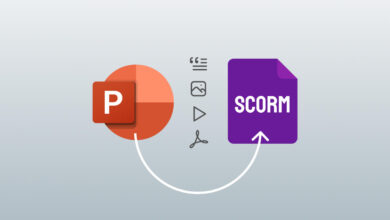How to Write a Lesson Plan: A Complete Guide

A well-designed lesson plan is the foundation of effective teaching. It is not just a list of activities but a roadmap guiding you throughout your learning journey.
It is an incredibly useful tool for both online and offline courses. With a lesson plan, you can create a more effective training session, improve student understanding, and provide better learning experiences guided by lesson objectives.
All educators should know how to create a lesson plan to ensure the smooth running of their learning sessions. Based on the students they teach and the schedule they have available, educators set learning goals, divide the material into sections, and choose learning activities that will be suitable for each trainee.
What is a lesson plan?
A lesson plan is a detailed, step-by-step guide for educators, providing materials for learners to achieve their learning goals during the course.
It describes the teacher’s objectives regarding student achievement, material to be covered, and methods of delivery, including assignments, examinations, and other assessment forms.
A lesson plan is not a to-do list; it is a strategic document that takes into account the needs of your students, your teaching style and the subject covered.
Key elements of a lesson plan typically include:
Learning Objectives
Materials and resources needed Lesson procedure (including introduction, main activities and conclusion) Assessment methods Time allocation for each part of the lesson Content formats or supports (text, video, quiz, etc. )
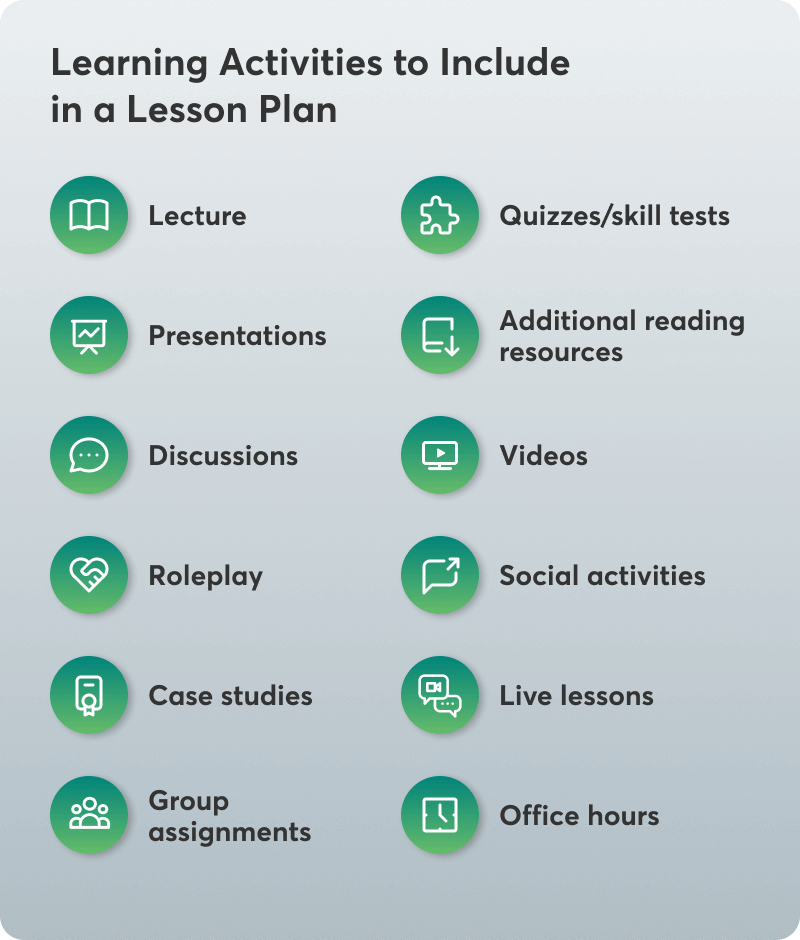
Learning objectives
The basis of any effective lesson plan is a set of clear and specific learning objectives. These objectives answer the question: “What should students know or be able to do by the end of this lesson?” »
Make sure the learning objectives are SMART:
Specific Measurable Achievable by all students Relevant to your students Time-based, aligned with your program
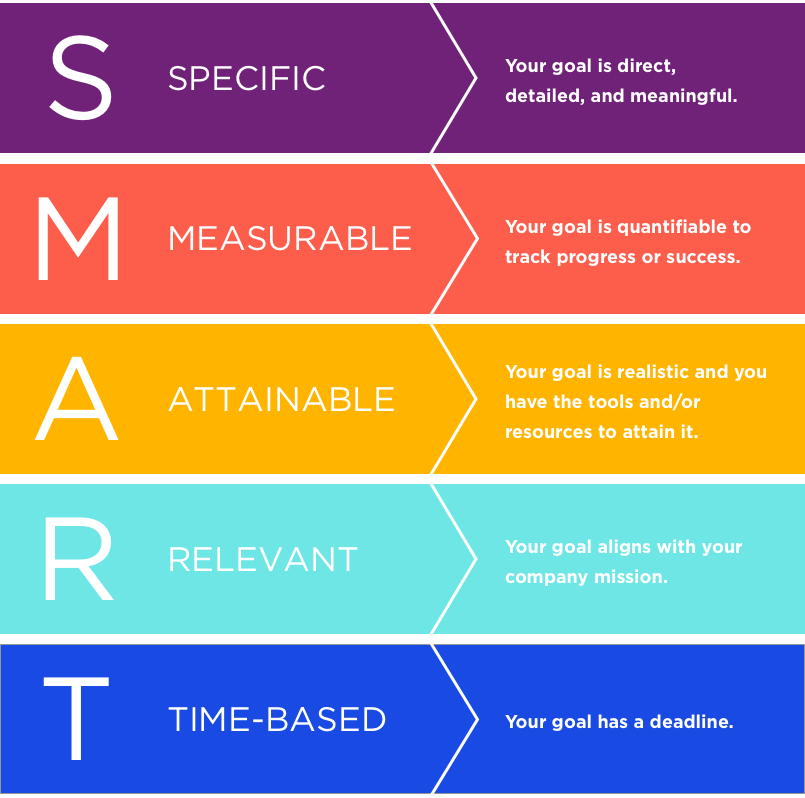
It is crucial to align these objectives with the overall learning outcomes of the course or unit. When setting these goals, consider your students’ prior knowledge and needs.
Are you building on previously learned skills or introducing entirely new concepts?
Understanding where your students are coming from helps you set realistic and meaningful goals. Lesson plans for training may have different learning objectives, such as compliance or job-related skills, compared to teaching lesson plans which may have the objective of memorizing knowledge.
Planning the Lesson Structure
Planning a lesson structure is like creating a roadmap for your lesson time. A typical course structure includes an introduction, main activities, and a conclusion.
The three main elements to include in your lesson plan for each activity are learning objectives, timetableAnd materials you will use. Your lesson plans may vary depending on the time limit and number of students in a class.
A simple example lesson plan is:
Introduction (5-7 minutes): Interest your students in what will happen in class during a lesson; ask a question, come up with a creative name for your lesson, or provide them with critiques so they can get involved in the learning process.
Presentation (up to 10 minutes): Create a need for students to learn what you are going to present.
Procedure (remaining class time): Prepare course materials, such as digital documents, videos, visuals, manuals, and some software platforms, that you will use with students to learn the topic.
Practical (10-15 minutes): Think about exercises and other activities that your students will practice during class with you, individually or as part of group activities.
Review and evaluation (5 minutes): Think about how you will complete a lesson; write takeaways for students to summarize their new knowledge.
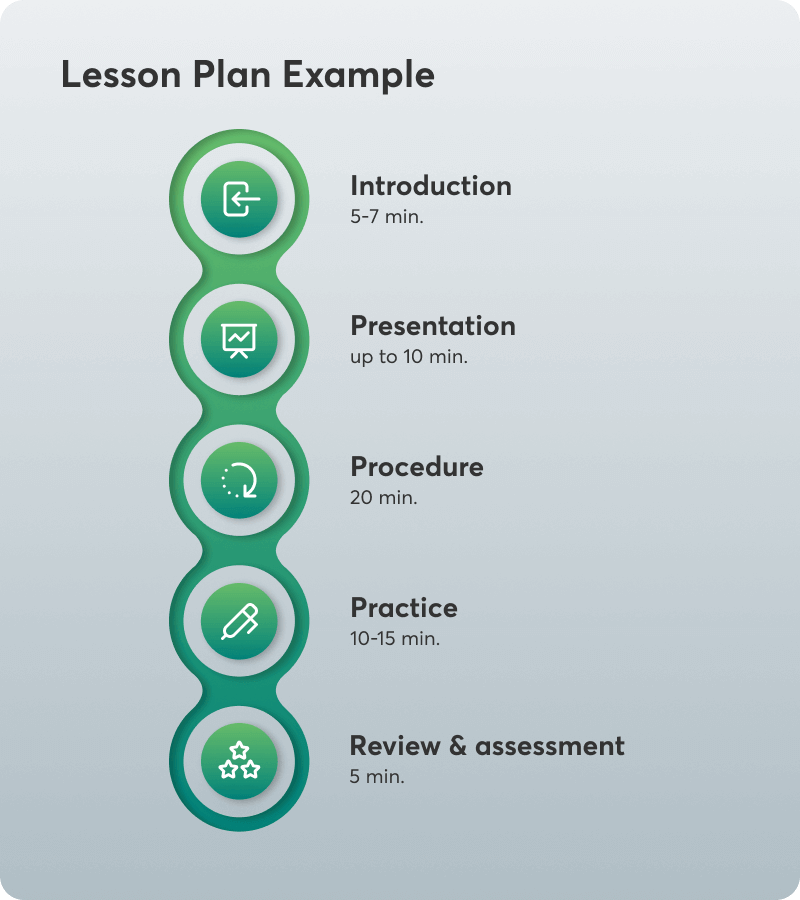
Design learning activities
Learning activities are an essential part of your course. Be sure to include different types of activities to accommodate different learning styles in class, such as:
Conference: A lecture involves a teacher talking to students about a specific topic, providing information, explanations, and sometimes visual aids to help students understand the material.
Presentations: Presentations allow students or teachers to share information about a topic using slides, images, and sometimes videos to make the content engaging and easier to understand.
Discussions: Discussions encourage students to talk about a topic as a group, sharing their ideas, opinions and questions, which helps them deepen their understanding and develop their critical thinking skills.
Role play: Role play involves students role-playing scenarios or characters to explore different perspectives and practice their skills in a realistic context, making learning more interactive and engaging.
Case studies: Case studies examine real-life situations or problems, allowing learners to analyze, discuss and learn from real-life examples, helping them apply their theoretical knowledge to practical situations.
Group work: Group assignments require students to work together on a task or project, promoting teamwork, communication, and collaboration while tackling a common goal.
Quizzes/skills tests: Quizzes and skills tests are short assessments that help measure students’ understanding and retention of material.
Additional reading resources: Supplemental reading resources are additional materials such as books, articles, or online content that provide more information on a topic.
When teaching online, you can include activities suitable for online learning such as:
Videos: Pre-recorded lectures or presentations that students can watch at their own pace. For example, you can save your PowerPoint presentation.
Social activities: Instead of group work, students can interact through the LMS community.
Live classes: Live classes and workshops via Zoom, WebEx, or similar software can replace some live lessons and create a stronger connection than self-paced videos.
Office hours: By setting aside time for questions, whether it’s a live chat, phone call, or video call, the lecturer is available to students taking an asynchronous course.
When designing your lesson plan, consider whether you will teach in class or online, or if you are considering a mix of the two. Even though activities vary between contexts, you need to maintain your learners’ attention equally in both contexts.
Assessment and evaluation activities
Assessments help you understand whether your students have met learning goals and inform your future teaching. These can be smaller knowledge checks like quizzes or more demanding like an assignment or exam.
Assessments are a very important learning tool because they contribute to knowledge retention and test progress.
One type of assessment is formative assessments. These are ongoing checks on understanding and include:
Quick quizzes Exit tickets Observation of student work Class discussions
Summative assessments, on the other hand, assess student achievement at the end of a teaching unit. These could be:
Tests or exams Projects Presentations
A lot educators like to use rubrics to evaluate student work. Rubrics help evaluate students while being consistent in grading.
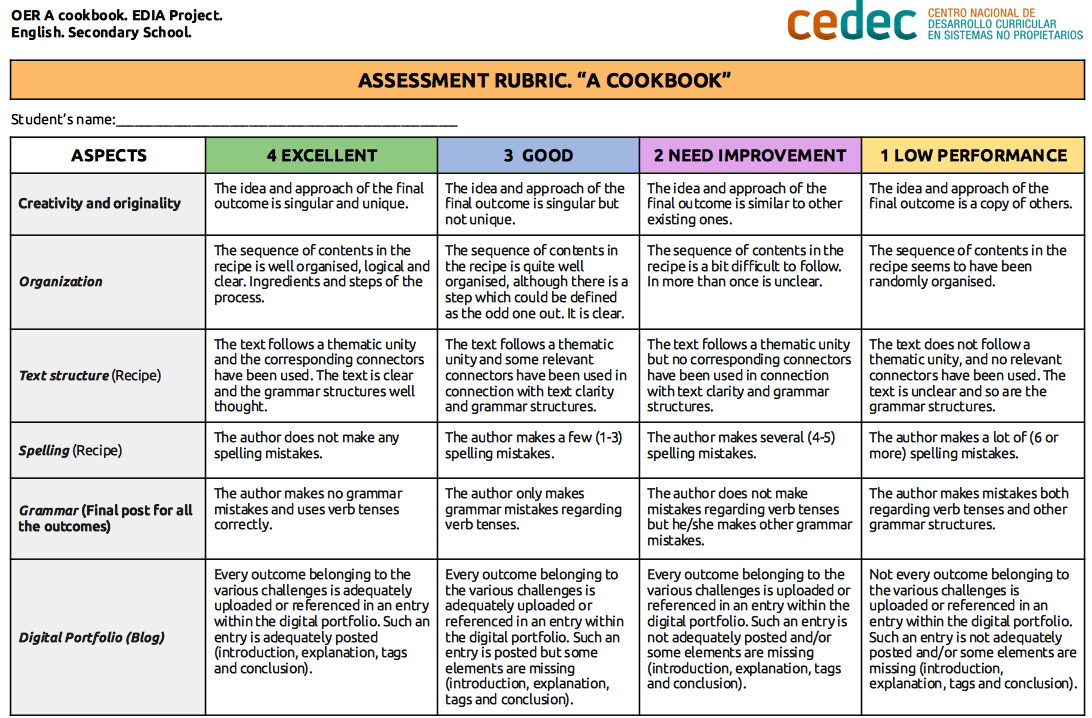
Revise and refine the lesson plan
A lesson plan is never finished and even online courses need to be revised and updated every few months.
You’ll find yourself coming back and updating various parts. Especially if you’re writing a lesson plan for corporate training, where new skills and requirements are constantly being revised, you might end up revising your lesson plans often.
You will have to
Double-check alignment with program standards Add new skills or assess previous lessons Ensure a logical flow of activities Verify all necessary materials are prepared Update content to meet compliance requirements
Getting feedback is also important. You can have feedback forms at the end of your course for students, or you can ask your colleagues for feedback before publishing it.
Conclusion
Creating an effective lesson plan is both an art and a science. It requires careful thought, creativity, and a deep understanding of your students’ needs.
By following the steps outlined in this guide, you will be well on your way to developing lesson plans that engage your students and achieve your learning goals.
Remember that the goal is not perfection but continuous improvement. Every lesson you teach is an opportunity to refine your planning skills, so don’t be afraid to experiment with new ideas and approaches. With practice and reflection, you will develop a planning process that works for you and your students.
Now, armed with these strategies, it’s time to put pen to paper (or fingers to keyboard) and start planning your next big lesson.
PS: You can create your plan directly on LearnWorlds and use the AI Assistant to help you plan your next online course. With 30-day free trial of LearnWorldsyou can create your online course faster.
(Visited 32,068 times, 18 visits today)
Nick Malekos is a Senior Digital Marketing Specialist at LearnWorlds. He is a comprehensive and results-driven digital marketer with years of experience in the education sector, writer and digital literacy trainer.

